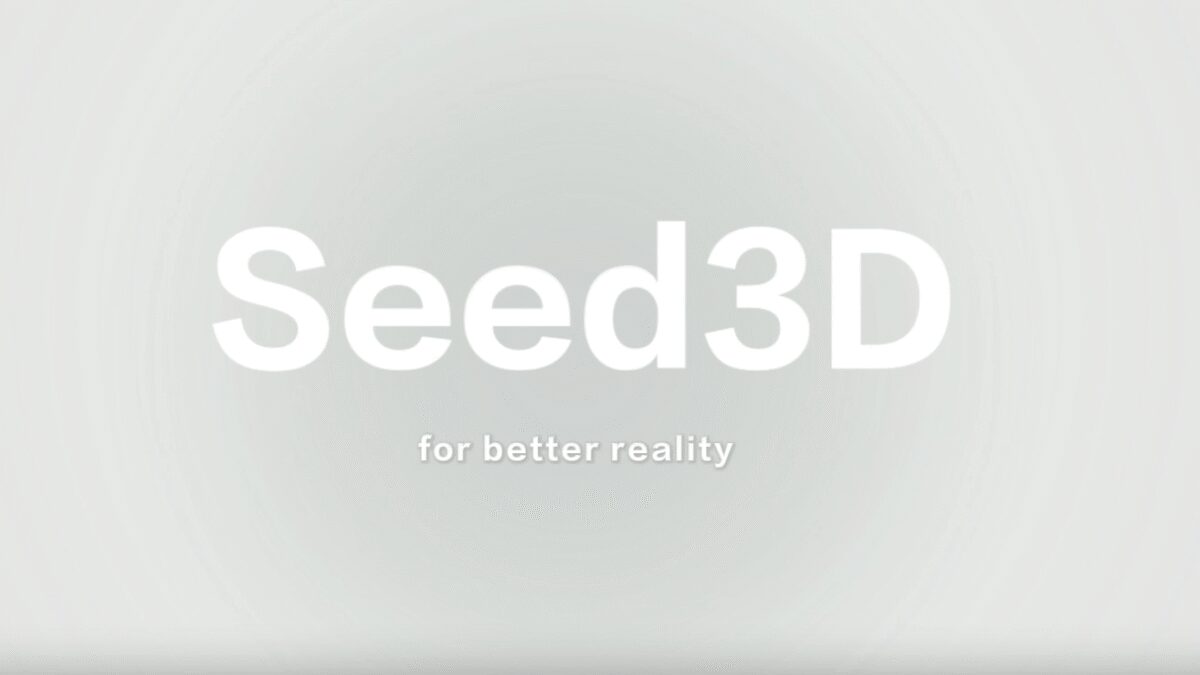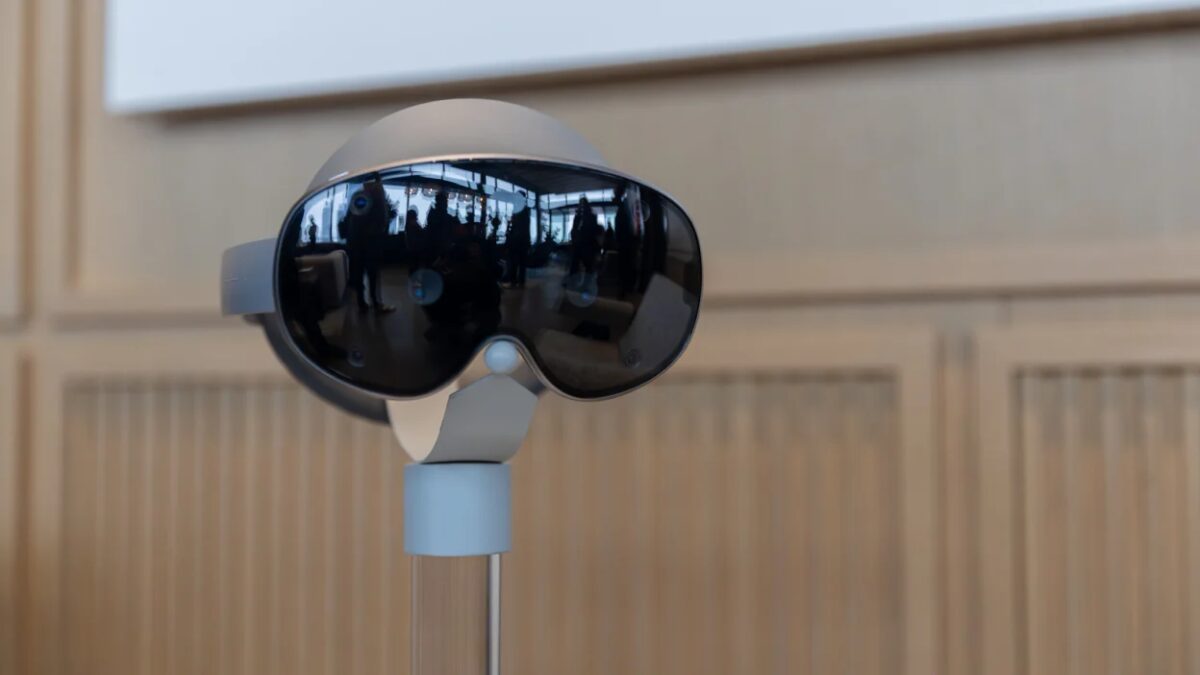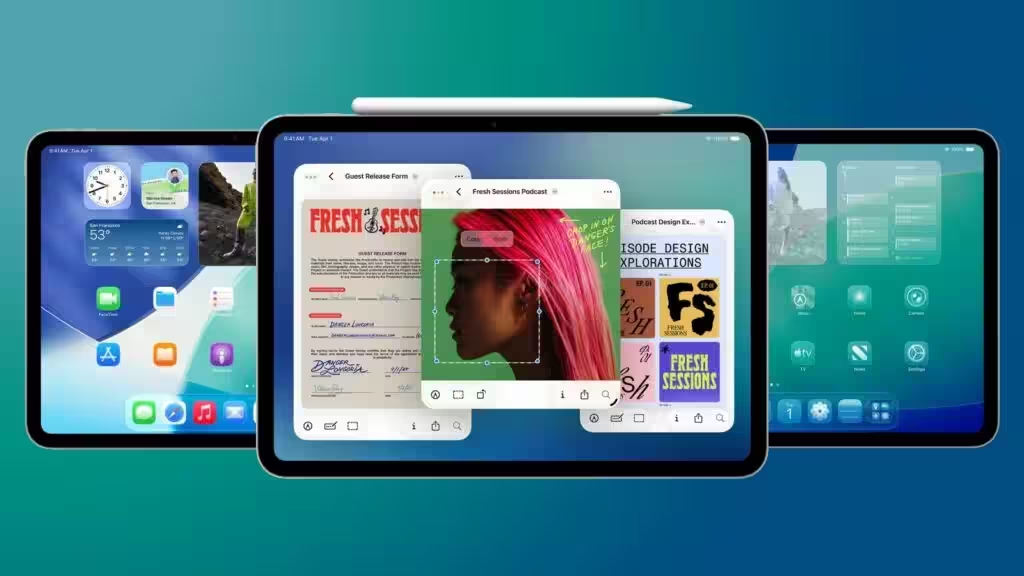Apple M4: everything we know about the new chip
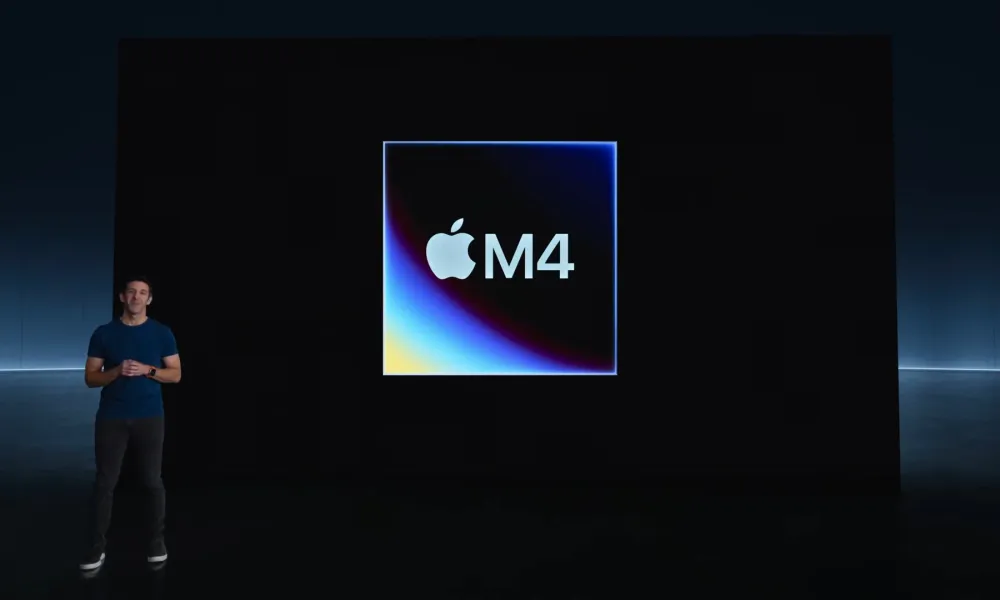
Apple will very soon be unveiling new Macs equipped with the latest M4 chip, which will deliver better performance and more features. But this isn’t the first appearance of the M4 — it first appeared in the latest iPad Pro.
Apple’s M4 chip is now available in the latest iPad Pro.
But is the M4 chip really that good? Should you upgrade your Mac or iPad to take advantage? And what new features will it bring to your devices? We’ve tried to answer these questions and more by pulling together what we know about the M4 iPad Pro and the information that’s hit the web in the run-up to the release of M4-powered Macs later this year.
Price and release date
Apple has taken a somewhat phased approach to launching the M4 chip. Unlike in previous years, when the company releases its new chips in Macs first, this time it has decided to first install the M4 chip in the iPad Pro, which is due out in May 2024.
Apple has chosen to first install the M4 chip in the iPad Pro, which is due out in May 2024.
As for Macs equipped with the M4 chip, they should be unveiled very soon – next week. Mark Gurman says these computers will go on sale around November 1.
Mark Gurman says that they’ll be available around November 1.
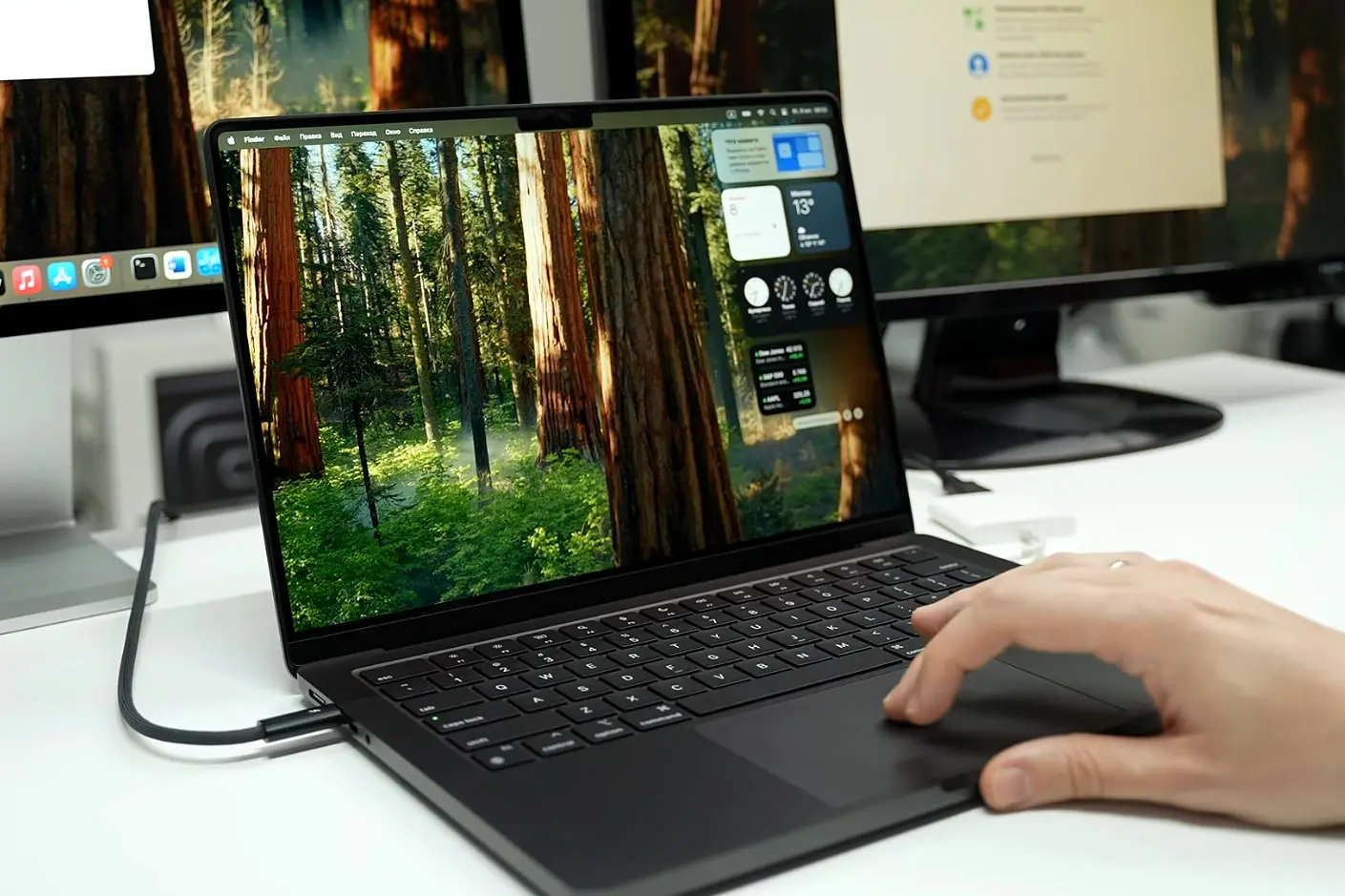
The M4 chip is expected to be in the MacBook Pro, iMac, and Mac mini (the latter of which is due for a complete refresh with a new, more compact design). Apple often releases new Macs in the fall, so all of the predictions are likely to come true.
The M4 releases don’t end there, however. The MacBook Air is due out in early 2025, and the Mac Studio and Mac Pro — later in 2024. MacBook Air will almost certainly be limited to the M4 model, while Mac Studio and Mac Pro will come with more powerful variants (like the M4 Max or M4 Ultra).
MacBook Air will almost certainly be limited to the M4, while Mac Studio and Mac Pro will come with more powerful variants (like the M4 Max or M4 Ultra).
As for the price of Mac M4 computers, we shouldn’t rule out a price increase. When Apple released the iPad Pro M4, the company increased the price of both models by $200 at once. Of course, other parameters were changed (for example, doubled memory capacity and introduced a new OLED Tandem display), which could affect the price, but the fact remains that the cost went up. That means we could see a similar price increase when the M4 chip arrives in the Mac lineup.
Performance and specs
Usually, evaluating the performance of an Apple chip before it appears in a Mac is all about speculation, but this time it’s a little different. There are two main reasons for this: the release of the iPad Pro and leaks about the MacBook Pro M4.
With the release of the iPad Pro and the leaks about the MacBook Pro M4, we’ve got a few things to consider.
Beginning with the iPad Pro, we can speculate what the M4 MacBook Pro’s specs might be based on the tablet’s capabilities. The M4 chip in the iPad Pro has a 10-core processor and 10-GPU (compared to the 8-core processor in the M3 chip), which allows it to be more productive in all types of tasks.

The chip has significant improvements over both past versions in the iPad Pro and competing Apple tablets. Part of that improvement is due to the second-generation 3nm process used to produce the chip, which Apple says is more efficient. The M4 contains an upgraded 16-core neural engine capable of performing up to 38 trillion operations per second (TOPS). The company claims that’s more powerful than any neural processor in any artificial intelligence PC to date.
Apple says it’s more powerful than any neural processor in any artificial intelligence PC to date.
But what about Mac performance? Well, here too we have an idea of what to expect, all thanks to leaks. One such user was popular Russian tech blogger Wylsacom, who tested the M4 MacBook Pro through a series of Geekbench benchmarks. Here, the M4 chip in the MacBook Pro scored 3864 in single-core mode and 15288 in multi-core mode, which is about 27% and 31% better than the M3 chip, respectively. That’s a significant improvement.
In addition, benchmarks for Apple’s API Metal have appeared on Geekbench. In these tests, the M4 chip scored 57603 points, about 20% higher than the M3 chip.
The M4 chip scored 57603 points, about 20% higher than the M3 chip.
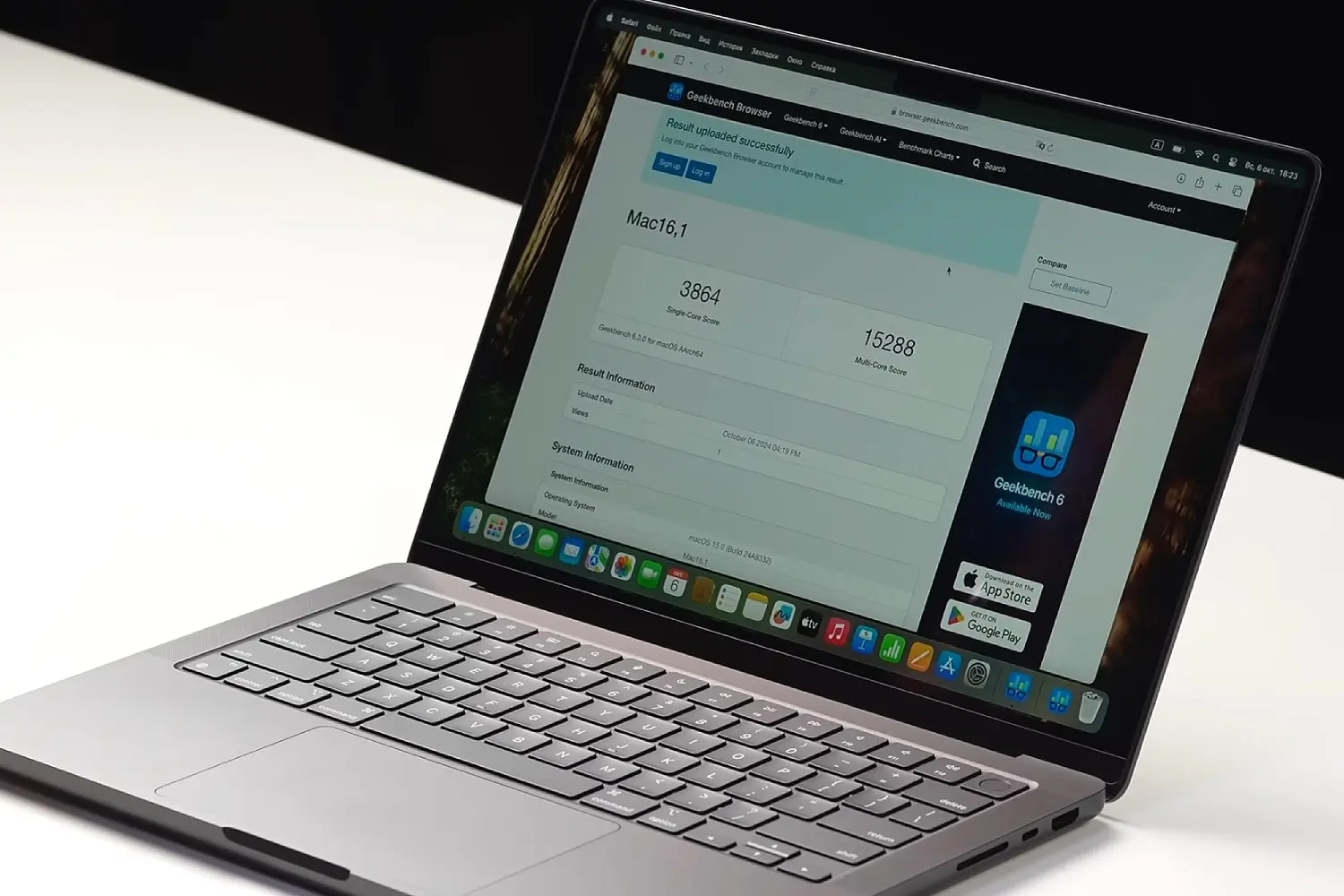
Leaks about the M4 MacBook Pro reveal another detail: Apple will likely increase the amount of RAM in the laptops from 8GB to 16GB. It’s a long-overdue change that should allow the devices to better handle multitasking and more complex workflows.
Many of these improvements —particularly the increase in RAM —are likely to help devices cope with artificial intelligence (AI).

When it comes to the most powerful chip in the M4 lineup (M4 Ultra), there’s one major change. The M3 Max is rumored to not use UltraFusion technology. It’s what previously allowed Apple to fuse the two M2 Max chips together to create the M2 Ultra.
And that’s what’s rumored.
If the M3 Max doesn’t have this feature, it suggests that the M4 Ultra could be a separate chip rather than two M4 Max chips. That means the new chip will get a better performance bump over previous generations.
And that means the new chip will get a better performance bump over previous generations.
Which devices will get the M4?”
We can make an educated guess about which Macs will get the M4 chip, as well as which devices will get the more expensive versions, such as the M4 Pro, M4 Max and M4 Ultra.
Starting with the M4, it will likely be in the MacBook Air (both 13- and 15-inch), 14-inch MacBook Pro, iMac, and Mac mini. Given that the chip will be considered the simplest in the new lineup, you can also expect it in many devices. It is, however, in the new iPad Pro, which Apple advertises as a pretty powerful device.
And it’s in the new iPad Pro.

For more professional chips, we should expect the M4 Pro to end up in the 16-inch and 14-inch MacBook Pro, as well as the Mac mini as an upgrade option. The M4 Max, meanwhile, should show up in the 16- and 14-inch MacBook Pro and the Mac Studio.
Finally, the flagship M4 Ultra will appear in the Mac Studio and Mac Pro. However, they probably won’t arrive until the second half of 2025 at the earliest, so you’ll have to be patient and wait.


